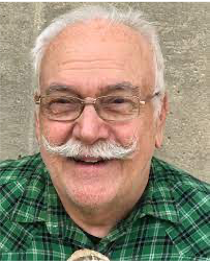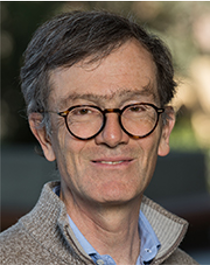Stanford Exploration Project

My research group, the Stanford Exploration Project (SEP) is the first geophysical research consortium funded by the oil and gas industry, and demonstrates oil companies' consistent interest for developing new imaging methods. As of today, SEP is currently supported by approximately 20 energy companies involved in hydrocarbon exploration.
Jon F. Claerbout: The founder

SEP was founded in 1973 by Jon F. Claerbout, the Cecil Green Professor Emeritus of Geophysics at Stanford University. Claerbourt has been a leading geophysicist since the later half of the 20th Century, and pioneered the use of computers in processing and filtering seismic exploration data, eventually developing the field of time series analysis and seismic wave propagation. Over the years, Claerbout has been a doctoral advisor of many influential geophysicists who joined SEP such as Dave Hale, John Etgen, Biondo Biondi, and Paul Sava. In addition, most of his highly-impactful geophysics books can be downloaded for free from his website.
Biondo L. Biondi: The director

SEP director Biondo L. Biondi is also the Barney and Estelle Professor of Geophysics at Stanford University and currently serves as the Geophysics Department Chair. He graduated from Politecnico di Milano in 1984 and received an MSc (1988) and a Ph.D. (1990) in Geophysics from Stanford. He has made contributions on several aspects of seismic imaging, ranging from velocity estimation to parallel algorithms for seismic migration. Since the early nineties he has been at the forefront of the development of wave-equation imaging and inversion methods such as wave-equation migration velocity analysis (WEMVA) and tomographic full waveform inversion (TFWI).
A Unique Research Group
The first reason that led me to pursure my Ph.D. at SEP is because the group offers a unique opportunity to connect and interact directly with expert geophysicists from the industry. This collaborative environment pushes the students to work on cutting-edge research algorithms that must eventually be applied to 3D field data and potentially have a profound impact on the business. The affiliate meetings, which occur twice per year, represent an ideal chance to network, show progress, receive feedback/guidance, and develop fruitful professional relationships with industry experts.
I also believe that what made SEP a successful, unique and relevant research group for the past 50 years is the ability of both Claerbout and Biondi to understand the importance of the computational aspect for seismic imaging problems. This materializes in two ways: (1) substantial and constant investments in high-performance computing (HPC) hardware, such as graphics processing units (GPU) clusters and (2) requiring all graduating students to apply their dissertation algorithm to 3D field data.